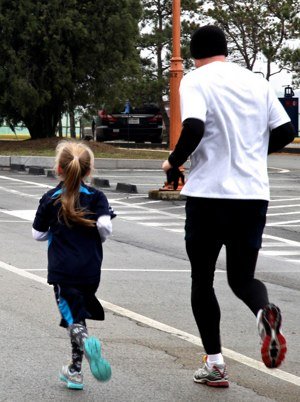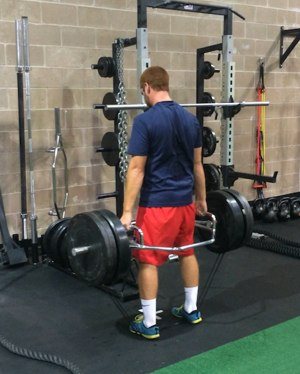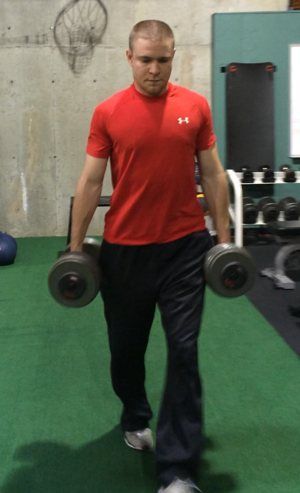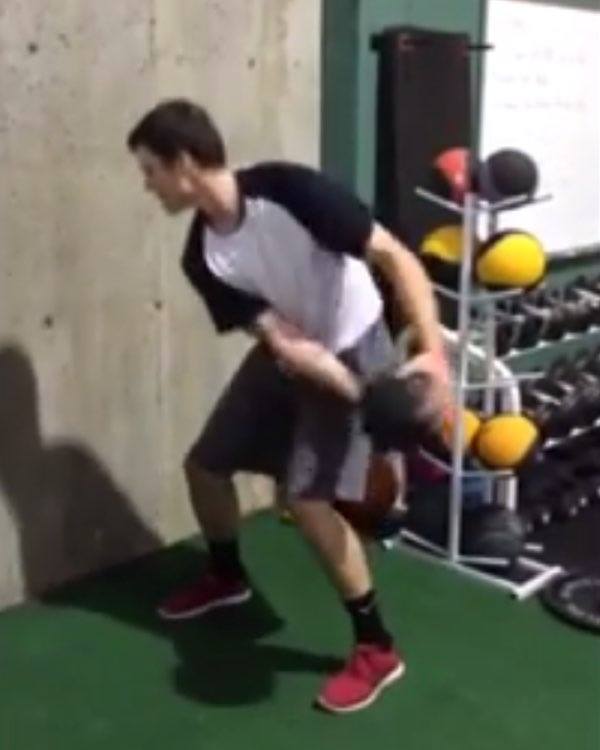The Benefits of Physical Activity in Children
Today’s guest post comes from Adam Smith, DPT, CSCS. Adam is a former student at Champion PT and a recent graduate from Northwestern University PT School. Adam just started a sports residency program at the University of Southern California in August. Today, Adam discusses the benefits of physical activity in children and adolescents.
Physical Activity in Children – A Lifetime of Benefits
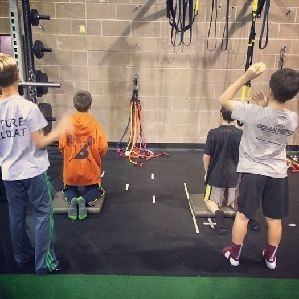
Physical activity can be defined as any sort of bodily acitvity and can simply be defined as any form of running, weight lifting, or even playing games like tag. Despite the benefits, programs encouraging exercise are decreasing. Financial issues limit the creation of more programs in our school systems, so programs designed outside of school-time should be encouraged and sought out by parents.
Recently the New York Times released a really interesting article emphasizing the benefits of physical activity by comparing two identical twins. This article talked about the short-term (3 years) benefits of physical activity in young adults by comparing one who exercised regularly to one who did not. They were able to show that the active twin had decreased body fat, a decreased risk of metabolic disorders, and improved coordination.
To give some personal perspective, I have worked with public school systems and Blue Cross Blue Shield of Michigan. Here are some of the lessons I have learned throughout this experience and my academic career.
Physical Activity Improves Bone Mineral Density
Bone grows in the direction that force is placed onto it. For example, basketball players have increase bone growth just below the knee due to frequent muscle tension of the quadriceps during jumping. This is important for the young athlete because improve functional bone growth for their sports can lead to a decreased risk of injury throughout their entire athletic careers and beyond.
Physical activity, especially resistance training (weight lifting), was thought to be harmful to children (8-18 years) due to their maturing skeletal systems. This belief is not only outdated but also harmful to the child’s long-term bone growth, and even their academic performance. Countless research has been published to show the strength and conditioning training in children is safe, appropriate, and beneficial. In fact, the most frequent cause of injury is actually from lack of supervision and coaching.
During this pivotal time of maturation, children should be attempting to promote as much bone growth as possible. Increased bone growth during this time leads to increased bone density and decreased risks of fractures and osteoporosis as they age. They should seek out an age-appropriate strength and conditioning program with adequate coaching.
Physical Activity Improves Mental Capacity

Many other research articles support the idea that children who perform the recommended amount of physical activity and above are performing better than their peers on standardized tests.
By comparing children’s motor function in their youth and then high school age academic performance, one article linked obesity and decreased physical activity to overall GPA and performance in math, reading, and writing. This article further suggested that the lack of activity early in childhood decreased the motor development in the participants thus further increasing their risk for obesity, lack of activity, and future academic performance.
Children who perform physical activity are able to focus better, think clearer, and have a higher self-esteem driving them to take on more challenging subjects. Encouraging this early on sets good habits that will often continue throughout the child’s life.
Physical Activity Does Not Lead to Injury
“If my child performs physical activity or weight lifting they will most likely get injured” is another statement I have heard more often than I would like. Does physical activity or weight lifting lead to more injuries? The short answer is no.
As I mentioned earlier in the bone growth section, children who perform physical activity and lift weights are less likely to have athletic injuries simply due to improved bone growth alone. Also, resistance training improves coordination, muscular strength, and physical conditioning. Physical activity also decreases the participant’s risk of type 2 diabetes and cardiovascular disease. Again, most resistance training injuries occur due to lack of supervision or a poorly individualized program. Both of these problems seem preventable by having an age appropriate training program.
Appropriate training programs include proper warm-up and cool-down, extensive instruction of lifting with light weight, individualized regression and progressions for exercises, and supervision. Also, for kids it’s important to provide incentive to keep performing physical activity by making it fun while tracking and praising them for their improvements.
Physical Activity is for Every Child
I’ve heard parents say many statements such as; their child doesn’t like physical activity, their child isn’t good at weightlifting, even that their daughter would not enjoy or benefit. These beliefs are misinformed and should be addressed with parents and coaches.
In fact, we have seen just as many, if not more, beneficial gains in athleticism, overall health, body awareness, and self esteem in our young female clients at Champion.
First, disliking the common forms of physical activity is not uncommon. A child who is forced to run is most likely not going to enjoy running. Luckily, running and walking are not the only form of activity that is encouraged.
Physical activity can be disguised into games, social activities, and even video games. If your child doesn’t like to be active, there are many other avenues to promote movement and improve their view of exercise. Be creative! Even disguised activities can lead to improved self-esteem and increased interest in physical activity in the future.
Next, early weight lifting should focus on improving one’s ability to perform the exercises while improving their self-confidence to exercise. Not many people are good at doing something they have never practiced and this is no different.
Set The Stage for Future Athleticism
It is important to encourage physical activity in children. One of the best predictors for continued physical activity into adulthood is a high level during their youth. Children and adolescents are at a crucial time of development in which physical activity can create changes both physically and cognitively that will last for a lifetime.


